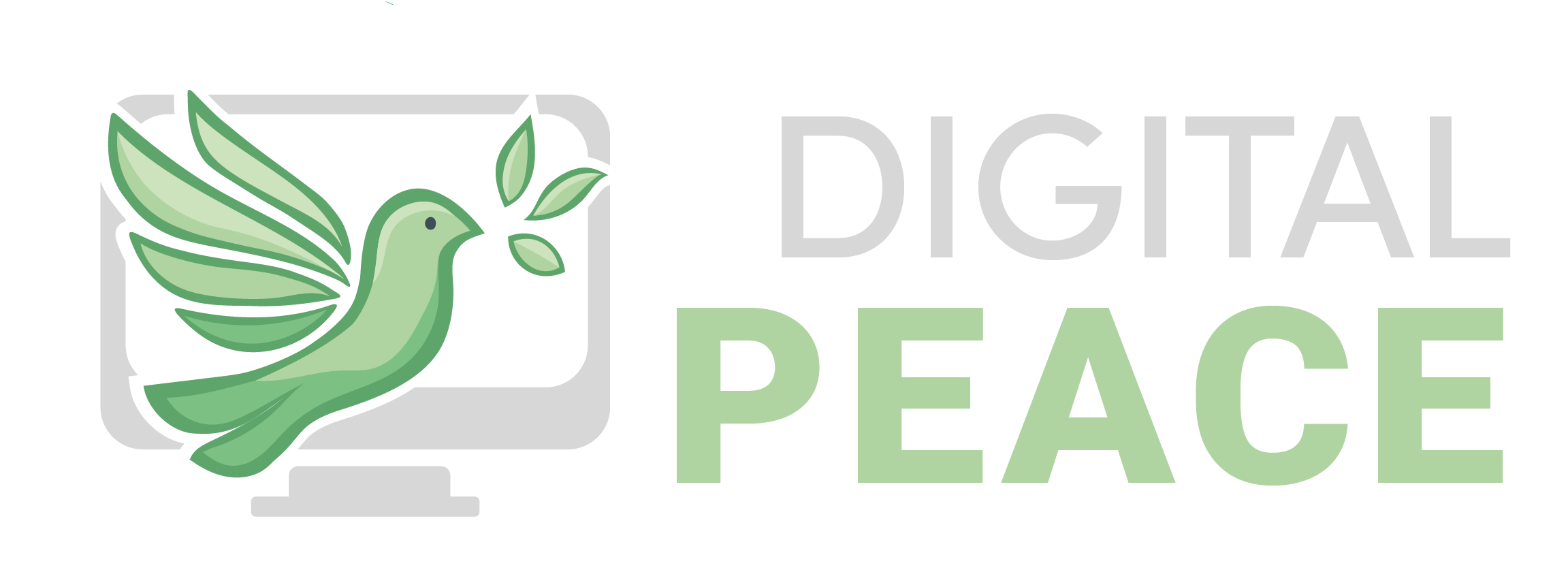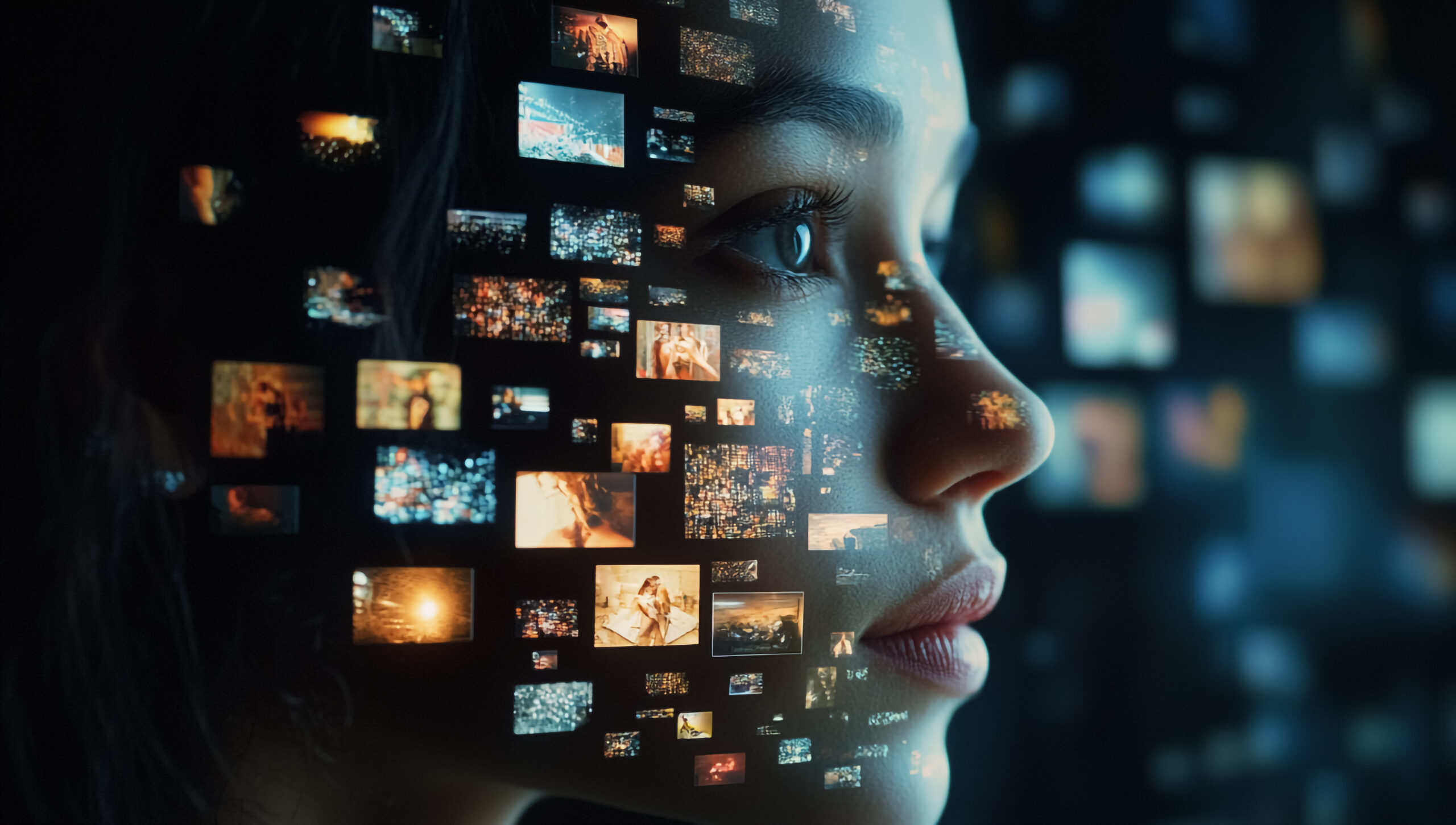Have you ever considered that your morning scroll through Instagram, X (formerly Twitter), or LinkedIn might be drawing you into an invisible war? Welcome to the age of information war – a battlefield so pervasive that, despite our awareness of its existence, we often overlook its manifestation in our daily lives.
Each time we browse through our social media feeds, we’re not just viewing boomerangs of friends toasting, wedding photos, and reunion memories. Amid these personal shares, political messages subtly weave their way into our consciousness. Even if you’re not in a peace-oriented social bubble like mine, you’ve likely noticed an increase in socially or politically charged posts from friends, family, and colleagues.
Even in the comment sections of LinkedIn job postings or TikTok beauty tutorials, politically charged messages like “Free Palestine” or support for Israeli causes have surged, particularly since Hamas’s devastating terrorist attack on Israel in October 2023 and the subsequent war in Gaza, transforming unlikely digital spaces into arenas of geopolitical discourse. Another recent and particularly striking example of our engagement in information warfare came in May 2024, when millions shared the AI-generated image “All Eyes on Rafah” without second thought. As reported by the Neue Zürcher Zeitung (NZZ) the image was created by a photographer with ties to antisemitic sentiments and Hamas support.1 This viral campaign, embraced by millions to show solidarity with Gaza, serves as a stark reminder of how easily we can become unwitting participants in information warfare.
How Social Media Users Unknowingly Fuel Information Warfare
In today’s information warfare, traditional battlefields have evolved into social media platforms where strategic influence campaigns by various actors are actively waged to shape public opinion and narratives. And we have become the soldiers: David Patrikarakos captures this phenomenon brilliantly as “virtual mass enlistment”, where modern information warfare transforms millions of global users into unwitting foot soldiers, engaging in heated discourse over conflicts they may never experience firsthand.2 With every retweet, comment or like, social media platforms become the new frontlines of modern warfare, where battles for hearts and minds are fought.
While victims of disinformation are often portrayed as less educated or as conspiracy theorists, I’ve seen some of my highly educated friends and esteemed colleagues, even with advanced degrees and PhDs, spread unverified information. Let’s face it: We’ve all likely fallen victim to false information at some point. The effects of this digital deception ripple through our society, touching every individual and reshaping our collective reality.
How Modern Information Warfare Undermines Democratic Foundations
The consequences of this modern information warfare extend far beyond personal missteps, posing a profound threat to the very foundations of our democratic societies. As we are rapidly transitioning into the digital age—an era some argue we’ve already entered—the media landscape has undergone a seismic shift, plunging journalism into an unprecedented crisis. Traditional media outlets, once the gatekeepers of information, now struggle to fulfill their vital role of describing social reality and providing a common factual foundation.3
Whereas we used to discuss different opinions, we now argue about different “facts”. Network theorist Michael Seemann (2017) aptly describes this phenomenon as the “deregulation of the truth market”.4 The social media revolution has shattered the sovereignty of professional media in shaping public discourse. As we’ve evolved from traditional media to digital platforms, we’ve democratized information dissemination, shifting from a “one-to-many” to a “many-to-many” communication model. Now, political actors, ordinary citizens, and even extremist groups wield the power to shape and spread narratives, bypassing traditional journalistic gatekeeping processes.5
This transformation brings us to an urgent realization, particularly poignant in the 2024 election year, where anti-establishment, populist, and radical parties and politicians are solidifying their roles as political players. Information warfare is not just a crisis for security and peace; it’s a crisis for media and, by extension, democracy itself. The intricate relationship between media and democracy, often referred to as the “Fourth Estate”, cannot be overstated. But what does this mean for our societies? While we can’t draw explicit causal links between social media use and phenomena like polarization or increased violence (yet),6 we cannot ignore their correlation, suggesting a reciprocal connection between these factors that we’re only beginning to comprehend.
How Can We Overcome the Challenges of Digital Manipulation
In a recent conversation with Prof. Jay Rosen of New York University, we delved into the complexities of today’s media landscape. When I asked him how journalists can ensure their news effectively reaches influential figures in a world dominated by sensationalism and algorithmic visibility, and how they can resist information warfare strategies employed by both state and non-state actors, Rosen provided a thought-provoking answer: “I’m still struggling how to describe the problem”, highlighting the multifaceted and evolving nature of these challenges.7 Indeed, the complex nature of this issue continues to evolve at a rapid pace, and we have yet to fully grasp its far-reaching implications.
How is “Digital Peace” going to contribute?
In 2024, information warfare is no longer a novel concept. As Prof. Jay Rosen aptly pointed out in our discussion, we’re well into this new information reality. However, we’re only beginning to grasp the true extent of our polluted information environment, exacerbated by emerging technologies like deepfakes and synthetic media. Experts predict that by 2030, AI could generate up to 90% of online content, creating a world where distinguishing between authentic and synthetic news becomes nearly impossible.
Our mission is twofold: First, inspired by Prof. Dr. Jay Rosen’s observation that the problem is yet to be fully described, we aim to uncover the multifaceted nature of digitalization’s impact on peace and democracy from all possible angles. This blog will serve as a platform for comprehensive investigation, delving into the intricate ways modern information, cognitive, and technological warfare affects our daily lives. By examining these complex issues through various lenses – sociological, psychological, technological, and political – we seek to provide a comprehensive understanding that can lead to innovative solutions for achieving digital peace in our interconnected world.
Second, “Digital Peace“ aims to propose strategies for fostering digital harmony and increasing public awareness of these complex topics. As an early “internet kid,“ I experienced the transformative power of the World Wide Web firsthand, using my newly acquired English skills to connect with people globally. This personal anecdote aligns with emerging empirical research, which suggests that modern social media platforms like X (formerly Twitter), TikTok, and Instagram have the potential to mitigate polarization by exposing individuals to a diverse range of political opinions, whether through peers’ messages or weaker social ties.8
However, despite many promising initiatives in digital peacebuilding and PeaceTech, the problem of misinformation continues to escalate.9 Moreover, information warfare is just one of many ways digitalization and technological development are challenging sustainable peace. We must also address other critical issues, such as the environmental impact of AI use, the effects of increasing digital consumption on health, and the broader societal implications of our growing dependence on technology. “Digital Peace“ aims to tackle these interconnected challenges head-on by exploring cutting-edge research, analyzing real-world case studies, and engaging with experts across various fields to provide a comprehensive understanding of the digital peace landscape.
How Can you Participate?
Your involvement is crucial in shaping our digital future. Here’s how you can contribute: Stay Informed: Subscribe to our newsletter for the latest insights. Share Your Thoughts: What digital peace topics interest you most? Comment below! Spread the Word: If you find our content valuable, share it with your network. We are eager to hear from you! What aspects of information warfare or tech developments would you like us to explore next? Let’s tackle these important issues together! Join the conversation and help shape the future of digital peace.
References
- Brügger, N. A. (2024, May 31). Gaza-Kampagne “All Eyes on Rafah” verstrickt in Antisemitismus. Neue Zürcher Zeitung. https://www.nzz.ch/feuilleton/gaza-kampagne-all-eyes-on-rafah-verstrickt-in-antisemitismus-ld.1833019. ↩
- Patrikarakos, D. (2017). War in 140 Characters: How Social Media is Reshaping Conflict in the Twenty-first Century. Basic Books. ↩
- Wolf, A. (2019). Zwischen Propaganda und Paywall: Journalismus in der Krise. Blätter Für Deutsche Und Internationale Politik, 1(19). https://www.blaetter.de/ausgabe/2019/januar/zwischen-propaganda-und-paywall-journalismus-in-der-krise. ↩
- Seemann, M. (2017). Das Regime der demokratischen Wahrheit (Teil II) – Die Deregulierung des Wahrheitsmarktes. CTRL Verlust. http://www.ctrl-verlust.net. ↩
- NATO Strategic Communications Centre of Excellence. (2016). Social Media as a Tool of Hybrid Warfare. Stratcomcoe.org. https://stratcomcoe.org/pdfjs/?file=/publications/download/public_report_social_media_hybrid_warfare_22-07-2016-1.pdf?zoom=page-fit.↩
- Van Bavel, J. J., Rathje, S., Harris, E., Robertson, C., & Sternisko, A. (2021). How social media shapes polarization. Trends in Cognitive Sciences, 25(11), 913–916. https://doi.org/10.1016/j.tics.2021.07.013.↩
- Heinrich-Böll-Stiftung. (2024, July 2). Democratic Reporting in Times of Elections. YouTube. https://www.youtube.com/watch?v=uaCkDIauvUQ.↩
- Arguedas, A., Robertson, C., Fletcher, R., & Nielsen, R. (2022). Echo Chambers, Filter Bubbles, and Polarisation: a Literature Review. Reuters Institute, University of Oxforx, The Royal Society. https://doi.org/10.60625/risj-etxj-7k60.↩
- Nature. (2024). How Online Misinformation Exploits “Information Voids” — And What To Do About It. Nature, 625(7994), 215–216. https://doi.org/10.1038/d41586-024-00030-x.↩








[…] current approaches to regulating cyberspace. Following up on our last posts, where we discussed the manifestations of online threats in our daily lives, and the impacts of digital violence, we’ll delve into the root causes of online conflict and […]